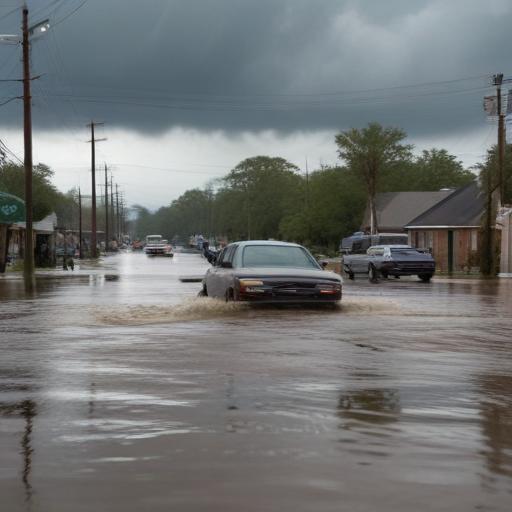NEW ORLEANS – A recent analysis by Your Insurance Attorney, a Miami-based firm, reveals that Louisiana stands as the third most affected state in the U.S. regarding weather-related damage from 2020 to 2024. The study indicates that while Arizona has the highest number of weather-related fatalities, Louisiana experiences substantial economic losses, averaging about $6,058 in damage per resident.
The study assessed various states according to factors such as deaths, injuries, total financial damages, and damage per capita. Alongside Louisiana and Arizona, other states suffering significant losses include Alabama, Hawaii, Kentucky, Mississippi, Oklahoma, Tennessee, Missouri, and Nebraska.
Attorney Anthony Lopez from Your Insurance Attorney emphasized the broader implications of extreme weather events, stating, “The true cost of climate volatility isn’t just measured in insurance payouts or casualty statistics, but in the growing economic inequality it creates between regions—some states are becoming climate havens while others face mounting exodus pressures.”
In terms of fatalities, Arizona recorded a staggering 1,405 weather-related deaths largely attributable to extreme heat, as opposed to storms or flooding. In contrast, Louisiana reported 54 fatalities and 131 injuries. However, Louisiana’s total weather-related damages reached a staggering $27.85 billion over the same period, far exceeding losses in other states—Hawaii follows at $3,916 in damage per resident, while Alabama and Nebraska report under $1,000.
The severe economic implications for Louisiana stem primarily from recurring major hurricanes. Its damage score reflects lower casualty figures but significantly higher economic impacts. Tennessee follows with $2.32 billion in overall damage yet had more injuries and fatalities compared to Louisiana. While Arizona sees a high number of deaths, it only reported $212.79 million in total damage, equating to just under $70 per person.
Louisiana’s vulnerability to hurricanes is intensified by its geography, extensive development in flood-prone areas, and an aging stormwater infrastructure. The state’s homeowners insurance rates, which can vary between $3,500 to nearly $7,800, are among the highest, with projections indicating possible increases to over $13,000 by the end of 2025.
Despite fewer weather-related injuries and fatalities compared to other regions, Louisiana’s economic exposure underscores the pressing need for effective climate adaptation strategies. As efforts to improve infrastructure and urban planning advance, there remains hope for better resilience against future storms and extreme weather events.
